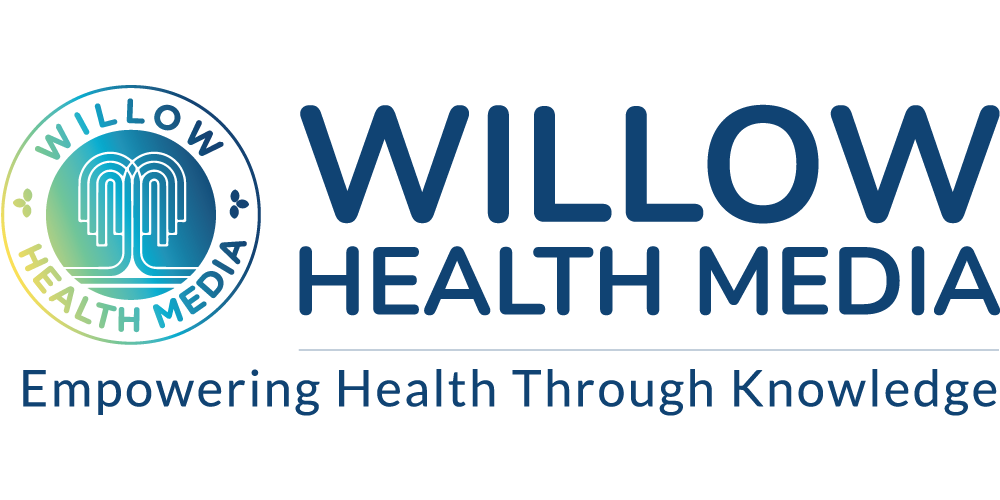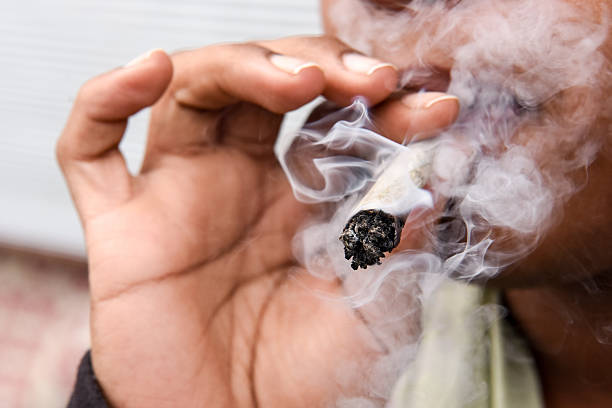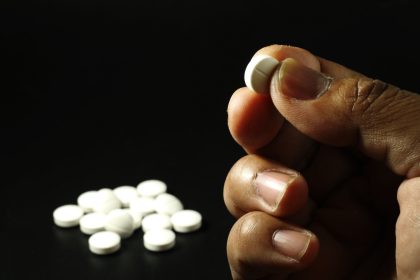The 2024 Gen-Z protests sparked a curious trend: a surge in weed use, fuelled by claims that cannabis could shield them from the sting of tear gas. But here’s the twist—it only cranks up the risk of schizophrenia
The fight against drug abuse is more than a public health crisis—it’s a roadblock to Kenya’s development dreams. This was the stark warning from Dr Stephen K. Mairori, Board Chairperson of the National Authority for the Campaign Against Drug Abuse (NACADA), during the launch of a report on drug abuse among university students on February 13, 2025.
“Without decisive action,” Dr Mairori stressed, “we risk losing an entire generation to addiction, mental health struggles, and squandered potential.” The report highlights the urgent need to address this growing threat before it derails Kenya’s future.
Unfortunately, as per NACADA’s 2024 report, one out of every six Kenyans (4.73 million people) is currently abusing a drug. The 25-35 age bracket is the most affected, followed by the 15-24 age cohort.
Quoting the report, NACADA’s Director of Research, Standards and Licensing, Professor John Muteti, reported that 45.6% of university students had used at least one drug in their lifetime, whereas 26.6% were currently using these drugs. According to a report on the Status of drugs and substance use among university students in Kenya, close friends (66.4%) were the main suppliers of these drugs. Worryingly, lecturers (7%) were also listed as one of the sources of these drugs.
At 87.3%, alcohol and cigarettes (64.4%) were the most frequently abused substances by this young population. Prescription drugs such as codeine, methamphetamine, and morphine were reported to be among the emerging substances of abuse in the students’ focus group discussions.
Codeine and morphine are strong opioid painkillers. Methamphetamine is clinically used for the management of attention deficit hyperactivity disorder (ADHD).
So, why is there a sudden increase in drug abuse among the Kenyan youth?
Dr Anthony Omerikwa, the NACADA’s CEO, says many young protestors were inducted into weed use during the Gen-Z protests in 2024, under false claims that smoking cannabis reduced the effects of tear gas.
I was a university student less than two years ago. Many of my peers used alcohol and other drugs because of curiosity, peer pressure, and the desire to fit in. Substance abuse is often an attempt to escape harsh realities and emotions. However, when the ‘high’ fades, the unresolved problems remain, still staring back at you.
In 2020, the task force on Mental Health chaired by renowned psychiatrist Dr Frank Njenga reported that depression, anxiety, and substance use disorders were the leading mental illness diagnoses in Kenya.
The Diagnostic and Statistical Manual of Mental Disorders, Fifth Edition (DSM-V) defines Substance Use Disorder as the continuous use of drugs despite their harmful and adverse effects.
Drug abuse and mental illness form a vicious cycle where each exacerbates the other, creating a hindrance to recovery and mental well-being.
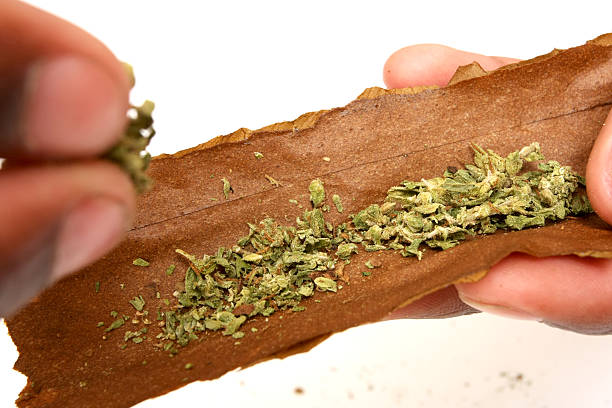
A study by Professor David Ndetei in 2008 at Mathari National Teaching and Referral Hospital in Nairobi shed light on cannabis abuse by adolescents. He reported that bhang abuse by vulnerable teenagers increased the risk of schizophrenia onset in adulthood, especially in genetically predisposed individuals.
Schizophrenia, locally referred to as ‘Wenda wazimu,’ is a chronic mental disorder characterized by disturbances in thoughts, perception, and behaviour.
Another study by Professor Ndetei at Mathari Hospital revealed that tobacco was the most abused drug by schizophrenic patients. The lifetime prevalence of tobacco use and dependence among this population was found to be 37.1% and 28.6%, respectively.
Tobacco contains an addictive substance called nicotine. Research indicates that schizophrenic patients are more likely to smoke tobacco compared to the general population.
Dopamine brings about feelings of pleasure and reinforces the desire to continue tobacco smoking.
Nicotine addiction in this population may be a form of self-medication to alleviate symptoms such as anxiety, lack of motivation, social withdrawal, memory loss, and difficulties in processing information. Scientists suggest that some genes associated with this disease also influence the probability of smoking.
Schizophrenic patients find it difficult to quit due to the reinforcing effects of nicotine. Nicotine stimulates dopamine release in the brain’s reward pathways. Dopamine brings about feelings of pleasure and reinforces the desire to continue tobacco smoking.
Heinz Grunze et al published a study Comorbid Bipolar and Alcohol Use Disorder—A Therapeutic Challenge, in 2021. Comorbidity is the presence of one or more medical conditions, co-occurring with a primary condition. Their analysis showed that alcohol abuse and bipolar disorder mutually impact each other’s severity, and outcome of disease (prognosis), leading to a complicated course for both diseases.
Patients diagnosed with bipolar disorder may be at increased risk of abusing alcohol, as a form of self-medication. During the depressive phase, they may consume alcohol to detach from their emotional pain. During the manic episodes, it may be consumed to ‘slow down’ the racing thoughts.
During the manic or hypomanic episodes, bipolar patients may present with impulsivity. Alcohol use further exacerbates this impulsive behaviour, leading to indulgence in risky behaviours and more alcohol intake. Manic episodes of bipolar are defined as periods of abnormally and persistently high or irritable mood.
Most people who abuse drugs only seek treatment when they are unable to function in the community or when they manifest mental health problems. In Kenya, the average time taken to access care in a clinic after the onset of psychiatric symptoms is about 16.6 months, according to a study by consultant psychiatrist Dr Judy Kamau in 2017.
The Ministry of Health does not allocate a budget for drug abuse treatment and prevention.
Mathari Hospital is the only national psychiatric hospital in Kenya. Data from the Africa Check Website revealed that as of 2024, Kenya had about 120 registered psychiatrists. According to the Ministry of Health, most psychiatrists operate in Nairobi. Out of Nairobi, the psychiatric-to-population ratio is estimated to be 1: 1,000,000.
Kenya’s budget allocation for mental health and drug abuse treatment is limited. The government spends less than 0.01% (Ksh99.5 million in 2024) of its health budget on mental health. The Ministry of Health does not allocate a budget for drug abuse treatment and prevention.
According to NACADA’s 2023-2027 Strategic Plan, the organization experiences a yearly resource gap of about $5 million (Ksh650 million).
The combined impact of mental health and drug abuse disorders presents a considerable challenge to Kenya’s healthcare system and socioeconomic growth. Consequently, collaboration between the government and non-state actors such as private entities is essential to enhance access to treatment and prevention services.
Dr Sharon Wambua is a pharmacist and creative non-fiction writer
